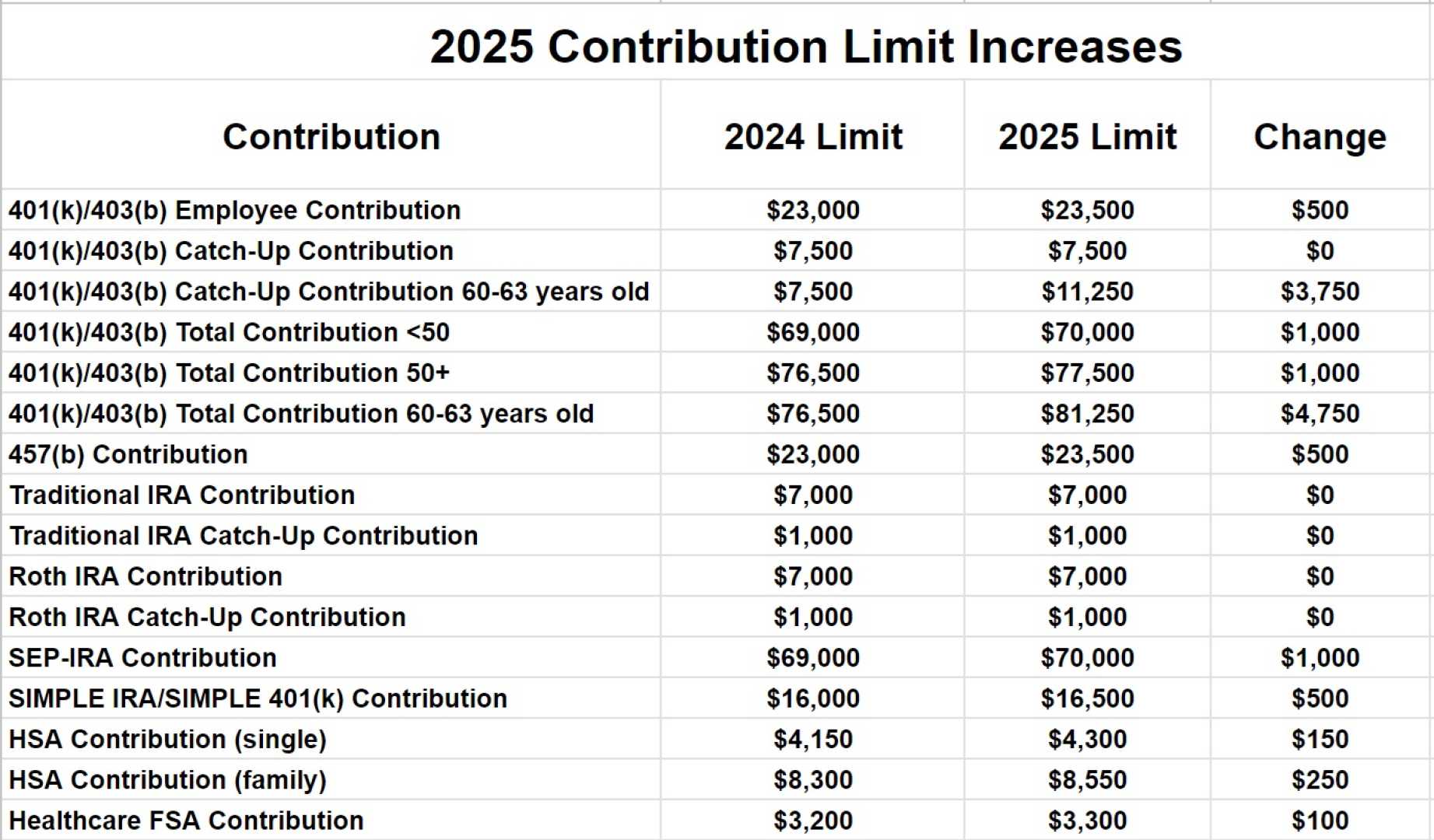Business
Record High 401(k) Contributions Shine Amid Market Volatility

Boston, MA — Workers saved a record share of their income for retirement in the first quarter of 2025, as contributions to 401(k) plans reached an average of 14.3%. This figure is near Fidelity‘s recommended savings rate of 15%, according to a recent analysis by Fidelity Investments.
The increase in contributions was driven by a notable 9.5% employee contribution rate and a 4.8% employer contribution rate. This analysis included data from 25,300 corporate plans with 24.4 million participants.
Mike Shamrell, vice president of thought leadership for Fidelity’s Workplace Investing, noted, “We definitely saw a lot of positive behaviors continue into Q1.” He explained that about two-thirds of the increased employee deferrals were due to auto-escalations, which gradually raise savings rates in line with salary increases.
Fidelity advises that individuals should aim to save at least 15% of their pretax income each year, including employer contributions, to maintain their current lifestyle in retirement. However, financial experts suggest that the right savings percentage varies based on individual circumstances such as existing savings, planned retirement dates, and pension availability.
“There’s no magic rate of savings,” said Larry Luxenberg, founder of Lexington Avenue Capital Management. “Everyone spends and saves differently, both before and after retirement.”
If workers struggle to meet the 15% savings benchmark, Shamrell recommends deferring enough to take full advantage of their employer’s matching contribution. He points out that this match can resemble “free money” for employees.
Among the plans analyzed, the most common matching formula used by 48% of companies is 100% match on the first 3% contributed, followed by a 50% match on the next 2%.
Despite the increase in contribution rates, the average balance for 401(k) accounts declined in Q1, with the average balance at $127,100, down 3% from the previous quarter. The decrease is attributed to market volatility linked to economic factors including trade tensions.
Sharon Brovelli, president of workplace investing at Fidelity, stated, “Although the first quarter of 2025 posed challenges for retirement savers, it’s encouraging to see people take a continuous savings approach that focuses on their long-term retirement goals.”












